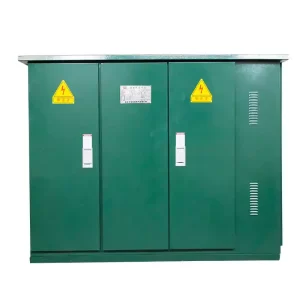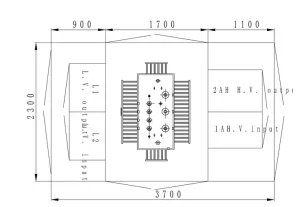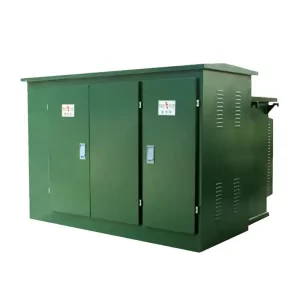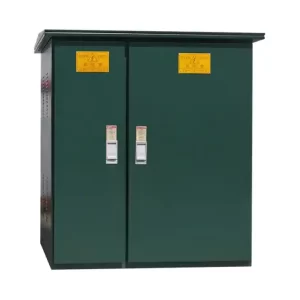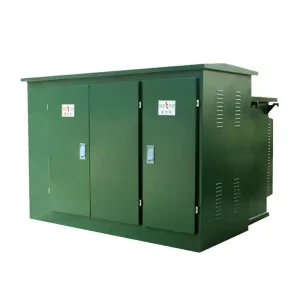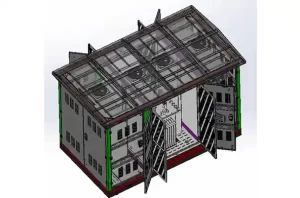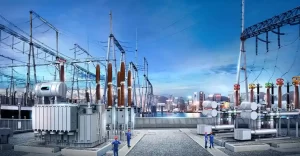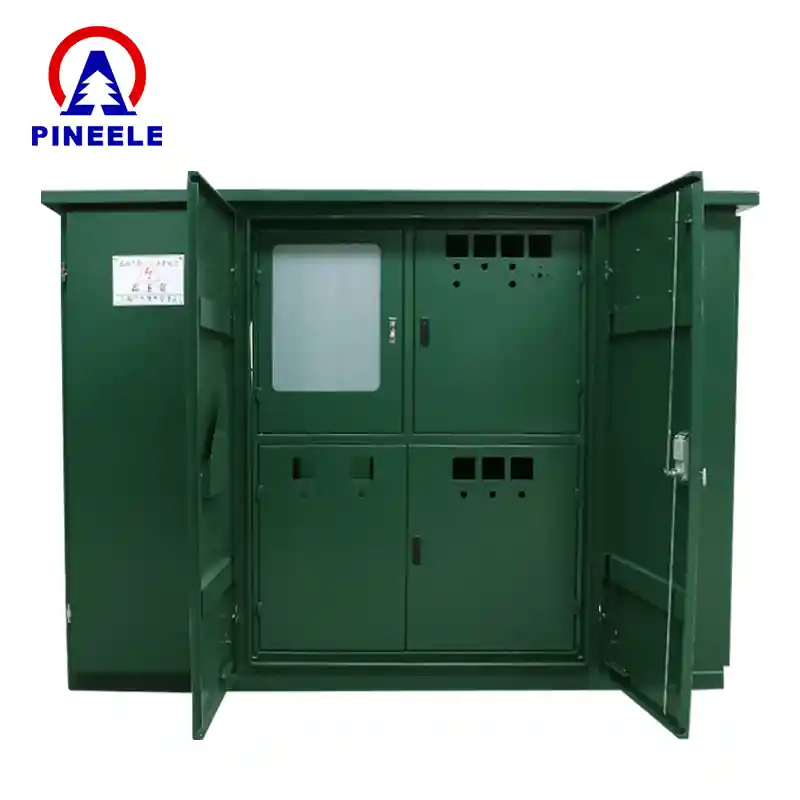
Introduction to the 220 kV Substation
A220 kVsubstationis a high-voltage electrical facility used for thetransmission and distribution of electrical power at a voltage level of 220 kilovolts. It plays a pivotal role in the grid by stepping down voltage from transmission levels (often 400 kV or above) to lower voltages (like 132 kV, 66 kV, or 33 kV) for further distribution. This infrastructure ensuresefficient, reliable, and safe delivery of electricityacross vast geographical areas.
Applications and Importance
220 kV substations are essential in:
- National power grids, especially in countries with large-scale infrastructure.
- Industrial zonesrequiring high energy loads.
- Urban centerswhere electricity demand is consistently high.
- Renewable energy plants, especially solar and wind farms connected to the high-voltage grid.
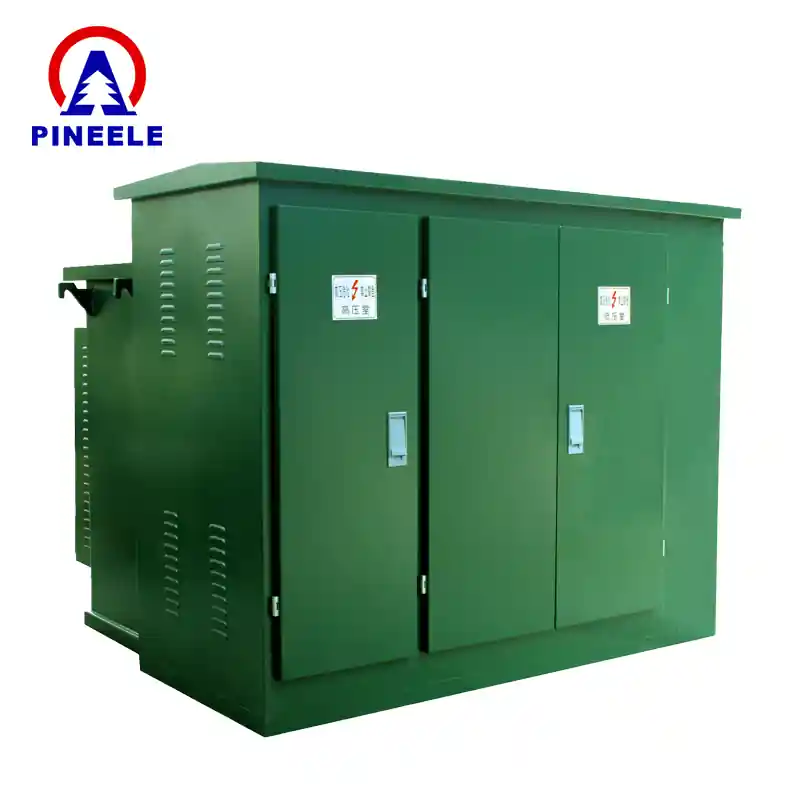
These substations ensurevoltage regulation, fault isolation, and safe power delivery, supporting operational continuity for industries and utilities.
Market Trends and Industry Context
According to theInternational Energy Agency (IEA)and data fromIEEMA (Indian Electrical & Electronics Manufacturers’ Association), the demand for high-voltage substations like 220 kV is growing due to:
- Increasing renewable energy integration.
- Expansion of smart grids.
- Urbanization and industrial growth in developing regions.
In 2024, global investments in transmission infrastructure surpassed $300 billion, with 220 kV substations contributing significantly to regional stability and load balancing.
Technical Specifications
| Parameter | Typical Value |
|---|---|
| Nominal Voltage | 220 kV |
| Rated Frequency | 50/60 Hz |
| Transformer Capacity | 100 MVA – 500 MVA |
| System Configuration | Double busbar / Breaker-and-a-half |
| Insulation Type | AIS (Air Insulated) / GIS (Gas Insulated) |
| Circuit Breakers | SF6, Vacuum, or Oil type |
| Protection System | Relay-based automation & SCADA |
| Fault Withstand Capacity | Up to 40 kA for 3 seconds |
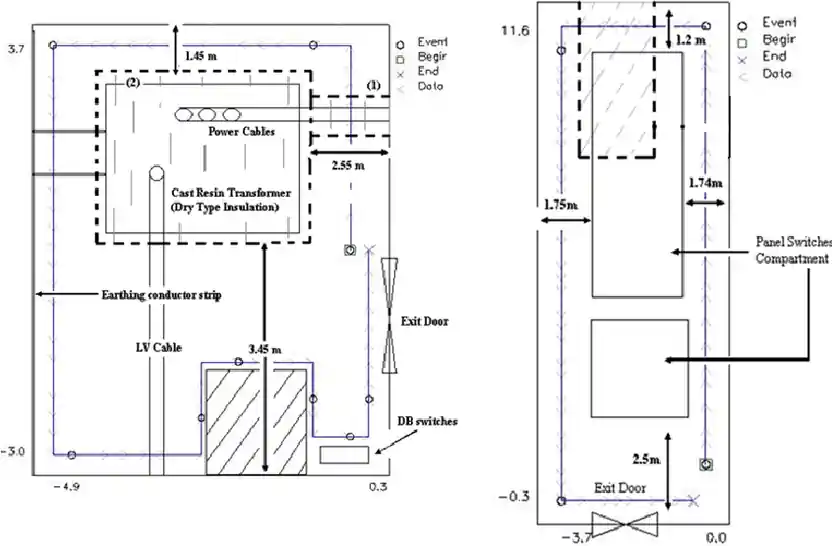
AIS vs GIS in 220 kV Substations
There are two common types of 220 kV substations:
- AIS (Air-Insulated Substation):
Uses air as the insulation medium. Economical, easy to maintain, but needs more space. - GIS (Gas-Insulated Substation):
UsesSF6 gasfor insulation. Compact, weather-resistant, ideal for space-constrained urban areas. Higher initial cost but lower maintenance.
Differences from Lower Voltage Substations
| Feature | 220 kV Substation | 132 kV / 66 kV Substation |
|---|---|---|
| Voltage Level | Extra High Voltage | High Voltage |
| Transformer Capacity | Higher | Medium |
| Grid Position | Transmission level | Distribution level |
| Cost | High | Medium |
| Footprint | Larger / Compact (GIS) | Smaller |
Selection Guide and Buying Advice
When selecting a 220 kV substation or its components, consider:
- Load Demand: Choose capacity based on peak and future load forecasts.
- Space Availability: Use GIS where land is limited.
- Environmental Conditions: Dust, humidity, seismic activity may impact design.
- Automation & Monitoring: Modern substations should support SCADA and IoT-based control.
- Compliance: Ensure standards likeIEC 62271,IEEE C37, and local utility codes are met.
Reputable manufacturers likeABB,Siemens,Schneider Electric, andPINEELEoffer modular 220 kV solutions compliant with international specifications.
Citing Authoritative Sources
- IEEE: Electric Power Systems
- ABB 220kV Substation Solutions
- Wikipedia – Electrical Substation
- IEEMA Reports
FAQ Section
A 220 kV substation connects high-voltage transmission lines to regional distribution networks, enabling voltage transformation and system protection.
GIS substations save space, are more reliable in harsh environments, and require less maintenance than AIS systems.
220 kV operates at a highervoltage solutions, handles greater load, and is typically used in the transmission layer of the grid, while 132 kV is used more in sub-transmission or distribution.
Conclusion
The220 kV substationis a critical component in the modern power transmission network. It ensures that electricity generated at power plants is efficiently transmitted across long distances and then stepped down for industrial or public use. Understanding its design, application, and selection criteria is essential for engineers, utility planners, and procurement teams aiming to maintain grid stability and meet growing energy demands.


